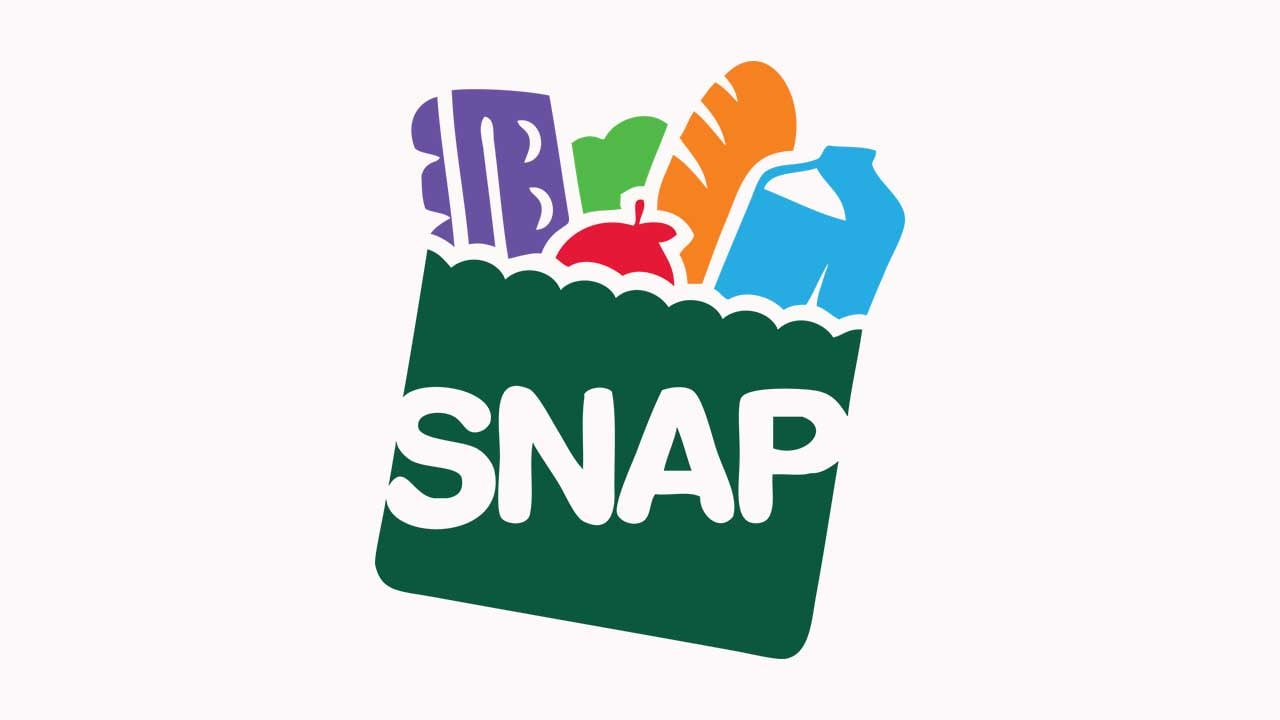Oregon Is the Second Most Food-Assisted State in America as High Costs Drive SNAP Dependence

Because a recent review ranked Oregon, where 18.1% of the population receives Supplemental Nutrition Assistance Program (SNAP) benefits, as the US State with the second-highest Food Stamps, it is one of the states where people are more at risk of food insecurity after SNAP benefits were paused as a result of the federal government shutdown.
Oregon Has 2nd Highest Food Stamp Beneficiaries In the US
Around 42 million Americans — roughly one in eight — receive benefits from SNAP, the most extensive federal food assistance program in the US.
The program helps low-income households purchase groceries, with monthly benefits averaging around $180 per person nationwide, but varying by state.
Visual Capital’s Voronoi app recently mapped data of the US States most dependent on food stamps.
In the review, coastal and urban states reflect higher benefit amounts, reflecting the steeper living costs in dense urban and island economies, whereas in lower-cost Midwestern states, overall food prices and housing costs are lower.
The lowest participation was in Western States, where Wyoming has the lowest SNAP participation rate at just 4.6%, followed by Utah (5.1%). Oregon ranked second among US states for the highest percentage of residents who receive SNAP benefits.
In the visualization, participation rates for the states most reliant on food stamps, based on 2025 data, reveal stark contrasts in economic need and cost of living across states:
| Rank | State | Population with SNAP | Avg benefit per person | Number of beneficiaries | Total monthly benefits |
|---|---|---|---|---|---|
| 1 | New Mexico | 21.5% | $176.51 | 457,699 | $80,790,060 |
| 2 | Oregon | 18.1% | $182.17 | 772,893 | $140,797,421 |
| 3 | Louisiana | 17.5% | $186.90 | 803,988 | $150,268,544 |
| 4 | Oklahoma | 16.9% | $186.85 | 692,477 | $129,386,266 |
| 5 | W. Virginia | 15.5% | $167.74 | 273,566 | $45,886,908 |
| 6 | Nevada | 15.2% | $171.80 | 496,848 | $85,360,880 |
| 7 | Massachusetts | 15.1% | $215.64 | 1,076,187 | $232,066,810 |
| 8 | Pennsylvania | 15.0% | $181.70 | 1,958,047 | $355,777,154 |
| 9 | New York | 14.9% | $218.44 | 2,962,913 | $647,210,404 |
| 10 | Illinois | 14.8% | $195.94 | 1,879,564 | $368,278,250 |
| 11 | Michigan | 14.5% | $175.44 | 1,473,832 | $258,575,524 |
| 12 | Alabama | 14.3% | $193.08 | 736,178 | $142,142,795 |
| 13 | California | 13.9% | $190.25 | 5,494,318 | $1,045,310,679 |
| 14 | Kentucky | 13.0% | $178.94 | 595,155 | $106,498,834 |
| 15 | Rhode Island | 12.8% | $200.95 | 142,726 | $28,680,737 |
Of the total population of 4.272 million recorded in 2024, around 773,000 Oregon residents receive an average of $182.17 in food stamps monthly. To receive SNAP benefits, Americans generally must have incomes at or below 130% of the poverty level. However, this isn’t the only determining factor.
States can adjust the rules, and Oregon allows for eligibility for people earning up to 200% of the poverty level. With many nonprofits working to enroll people, the state does better than states that make it as hard as possible for people to sign up.
In Oregon, a single SNAP recipient who lives alone can receive $24 to $298 per month, and a family of five can receive up to $1,183 per month. This means that, at best, Oregonians on SNAP could get a maximum of about $7.90 to $10 per person per day.
But this is now at risk after the federal government cancelled SNAP payments at the beginning of November due to the federal government shutdown.
Although two federal Judges ruled that the Trump Administration must release SNAP funds earlier this month, on Truth Social last Tuesday, President Trump said that “SNAP benefits… will be given only when the Radical Left Democrats open up government.”
In a memo late Saturday evening, the US Department of Agriculture also threatened to “enact financial penalties on states that issued full monthly SNAP benefits for November if they don’t ‘undo’ those food stamp payments.”
